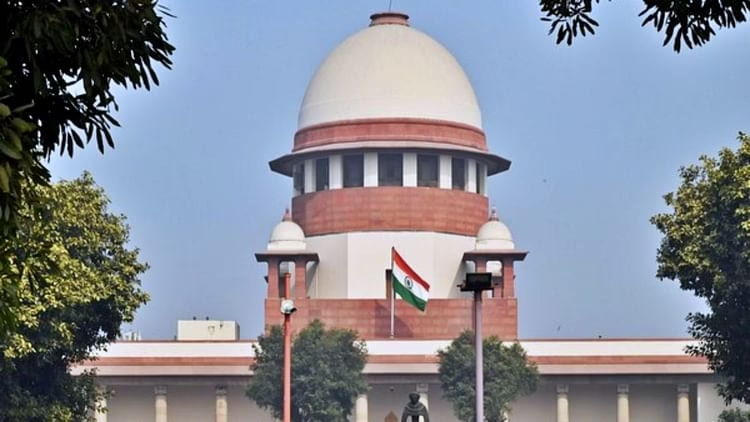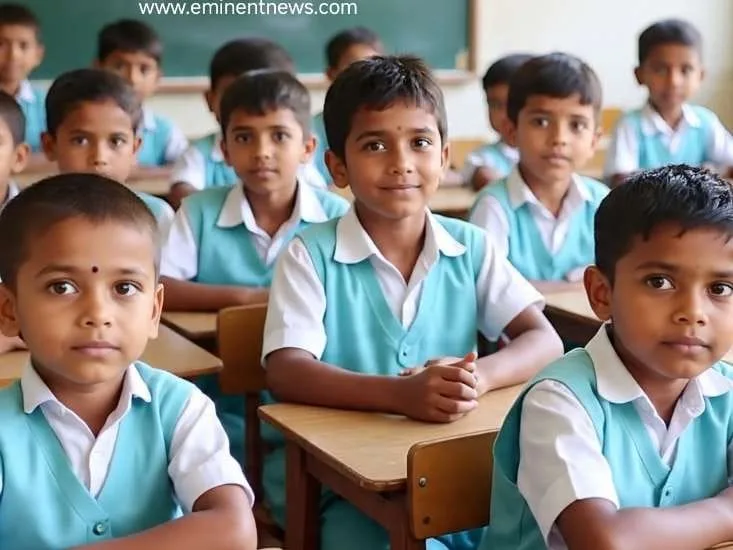The National Action Plan on Climate Change (NAPCC), launched by the Indian government in 2008, outlines strategies to address climate change challenges through adaptation and mitigation measures . The plan focuses on promoting understanding of climate change, energy efficiency, and natural resource conservation .
Key Features of the NAPCC:
- Objective: To identify and implement actions that promote climate change adaptation and mitigation while simultaneously advancing India’s economic and developmental goals .
- Eight National Missions: The NAPCC comprises eight core national missions, each focusing on a specific area related to climate change . These missions aim to address various aspects of climate change, from renewable energy to sustainable agriculture .
- National Solar Mission: Aims to increase the use of solar power . The program was initiated in 2010 with a goal of 20 GW by 2022, later increased to 100 GW by 2015 .
- National Mission for Enhanced Energy Efficiency (NMEEE): Focuses on promoting energy efficiency through innovative policies and market instruments . It includes initiatives like Perform Achieve and Trade (PAT) and Market Transformation for Energy Efficiency (MTEE) .
- National Mission on Sustainable Habitat: Seeks to improve energy efficiency in buildings, promote better urban planning, and improve waste management .
- National Water Mission: Aims to conserve water, minimize wastage, and ensure equitable distribution of water resources .
- National Mission for Sustaining the Himalayan Ecosystem (NMSHE): Focuses on developing a sustainable model to assess the health of the Himalayan ecosystem and assist states in implementing sustainable development actions .
- National Mission for A Green India (Green India Mission): Aims to protect, restore, and enhance India’s forest cover and respond to climate change through adaptation and mitigation measures .
- National Mission for Sustainable Agriculture (NMSA): Focuses on enhancing agricultural productivity, especially in rainfed areas, through integrated farming, water use efficiency, and soil health management .
- National Mission on Strategic Knowledge for Climate Change (NMSKCC): Seeks to build a knowledge system to support national policy and action for effectively responding to climate change .
- Implementation: The implementation of the NAPCC involves public-private partnerships and civil society action .
- Funding: The Department of Science & Technology, Ministry of Science & Technology, coordinates two of the eight national missions: NMSHE and NMSKCC .
- Monitoring: The Prime Minister’s Council on Climate Change monitors the implementation of the NAPCC .
The NAPCC represents India’s commitment to addressing climate change while pursuing sustainable development . By focusing on specific missions and strategies, the plan aims to achieve both environmental and economic goals .
State Action Plan on Climate Change (SAPCC) :
A State Action Plan on Climate Change (SAPCC) is a strategic document that outlines how a specific state or union territory plans to address climate change . It includes detailed mitigation and adaptation strategies for key sectors .
Key Aspects of SAPCCs:
- Purpose:
- To assess vulnerabilities to climate change impacts within the state .
- To develop and implement strategies for reducing greenhouse gas emissions .
- To outline adaptation measures to protect communities and ecosystems from climate impacts .
- To build institutional capacity for climate change planning and action .
- Key Sectors: SAPCCs prioritize various sectors, including :
- Agriculture
- Water resources
- Coastal area management
- Forest and biodiversity
- Human health
- Components:
- Vulnerability Assessment: Analysis of the potential impacts of climate change on different sectors and regions within the state .
- Adaptation Strategies: Measures to reduce the negative impacts of climate change, such as building climate-resilient infrastructure and promoting sustainable agriculture .
- Mitigation Strategies: Actions to reduce greenhouse gas emissions, such as promoting renewable energy and energy efficiency .
- Institutional Framework: Establishment of state-level institutions and mechanisms to coordinate and implement climate action .
- Monitoring and Evaluation: Systems for tracking progress and evaluating the effectiveness of implemented strategies .
- Implementation:
- SAPCCs are implemented by state government departments, agencies, and other stakeholders .
- Implementation often involves partnerships with research institutions, civil society organizations, and the private sector .
- Examples:
- Tamil Nadu: Was the first state in India to launch a dedicated climate change mission and make a budgetary allocation .
- Chhattisgarh: Has a State Action Plan for Climate Change and Human Health (SAPCCHH) that addresses health-related aspects of climate change .
- Punjab: Punjab SAPCC 1.0 provided the first state-wide cross-sectoral climate change impact and vulnerability assessment, and verbalized adaptation .
- Funding:
- Funding for SAPCC implementation may come from state budgets, central government schemes, and international sources .
- Alignment with National Goals: SAPCCs are designed to align with the National Action Plan on Climate Change (NAPCC) and contribute to India’s overall climate goals …



























